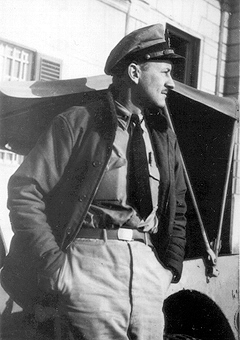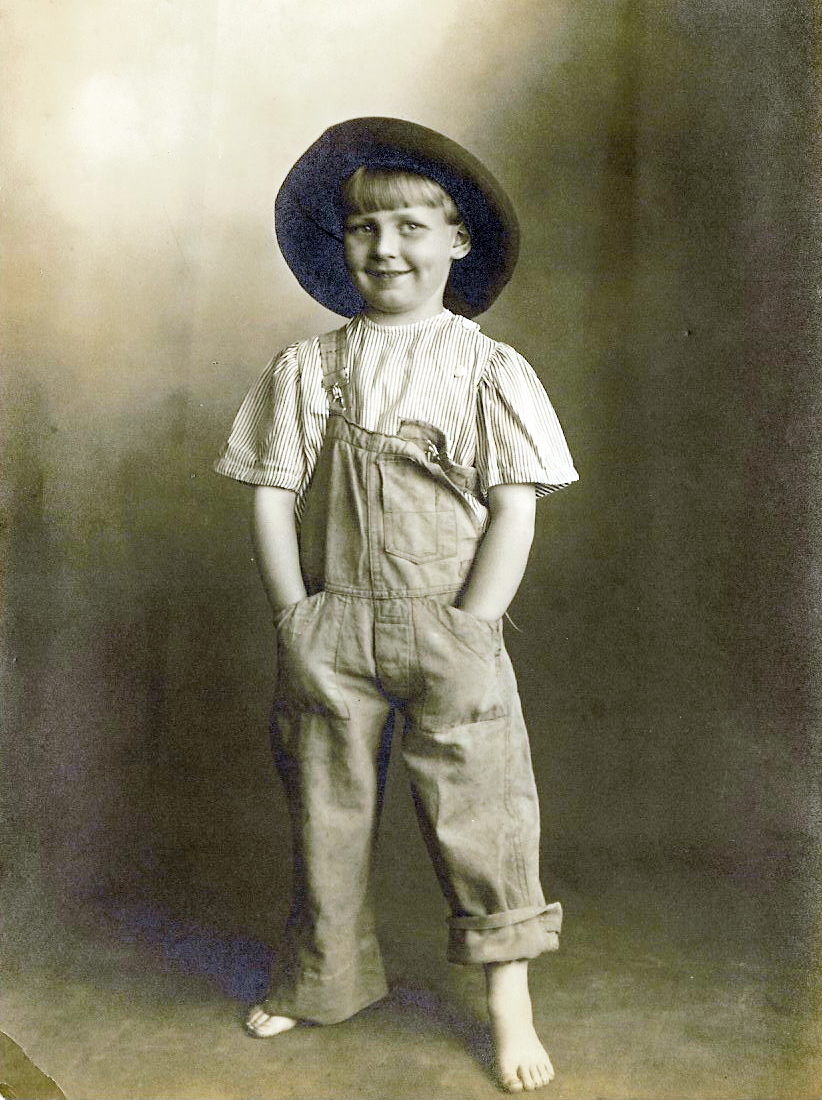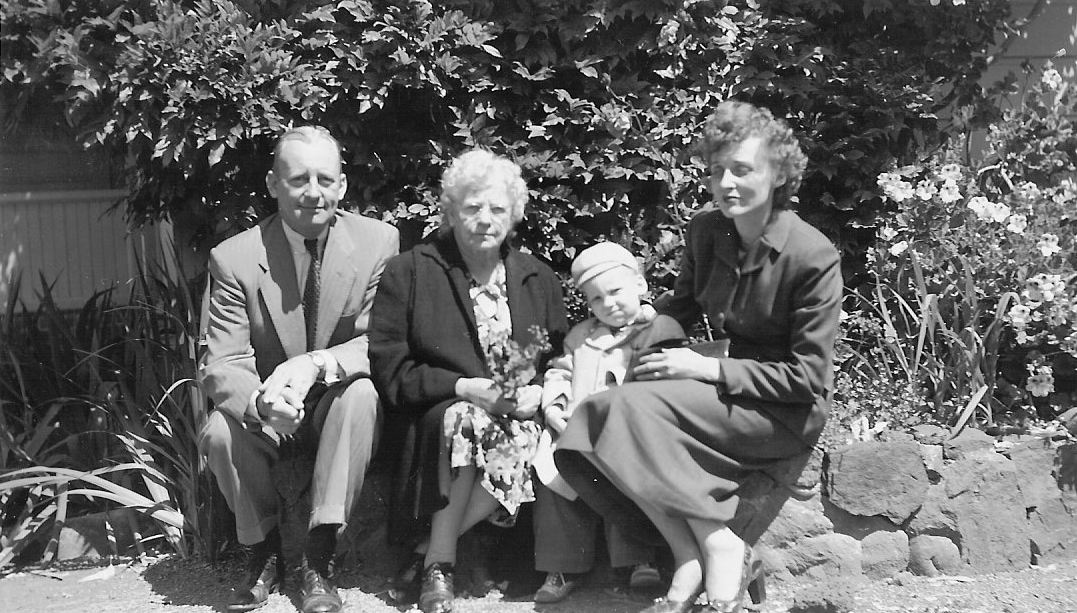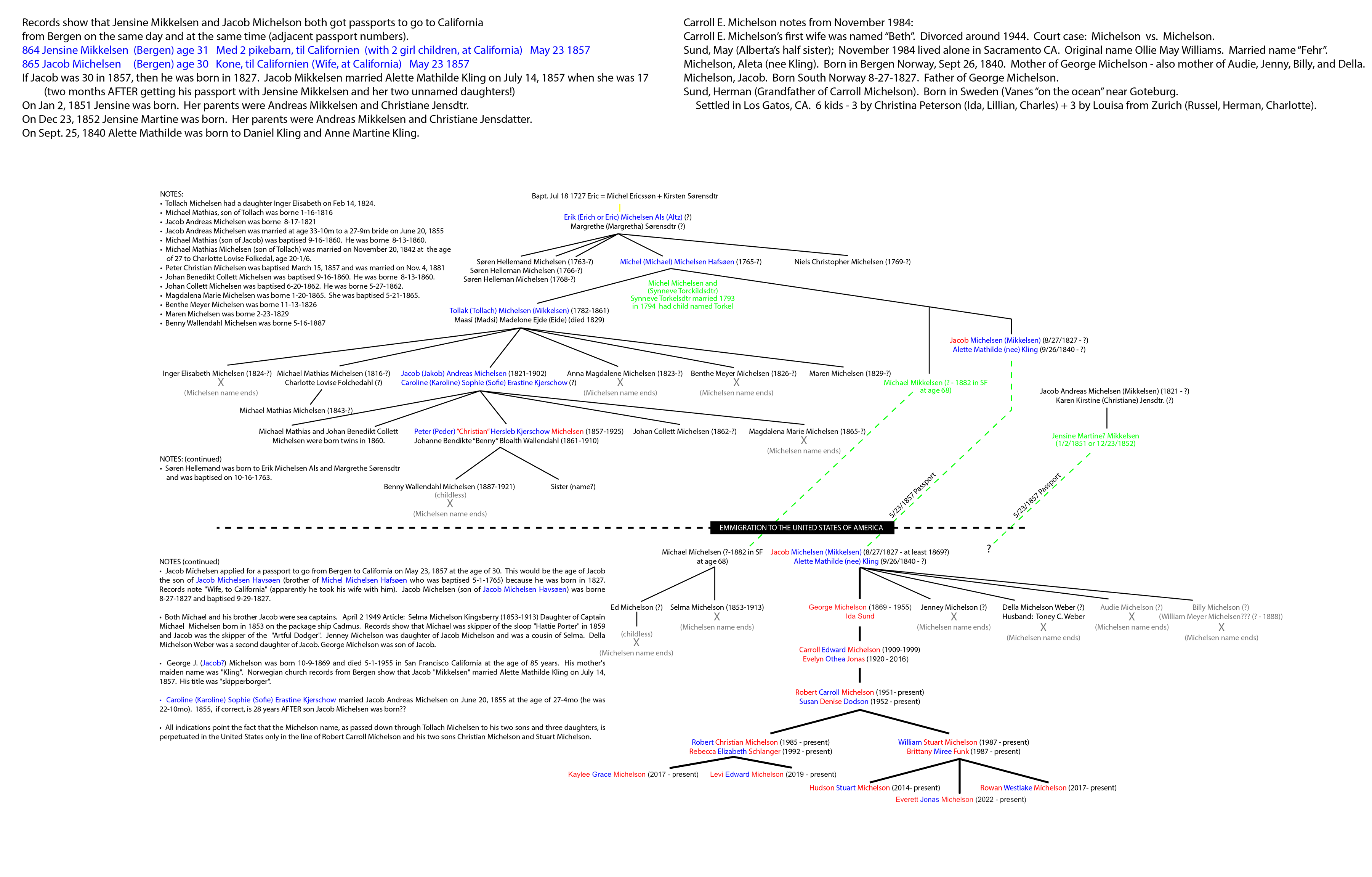CARROLL EDWARD MICHELSON

Carroll Edward Michelson as a member of the United States Coast Guard in Leghorn Italy during World War II.
Born
Nationality
Ethnicity
Fields
Institutions
San Francisco, California
United States of America
Norwegian Swedish
Business Administration
Foreign Agricultural Trade
NVL [1] Consultant
U.S. Department of Agriculture
U.S. Army Night Vision Laboratory
United States Coast Guard
| Born | Nationality | Ethnicity | Fields | Institutions | ||||
|---|---|---|---|---|---|---|---|---|
| San Francisco, California | United States of America | Norwegian Swedish | Business Administration | Foreign Agricultural Trade | NVL [1] Consultant | U.S. Department of Agriculture | U.S. Army Night Vision Laboratory | United States Coast Guard |
INTRODUCTION
Carroll Edward Michelson was born in San Francisco California (7 April 1909) and died in Atlanta Georgia (27 July 1999). He was related to Christian Michelsen[2], the first Prime Minister of Norway through Michel Michelsen Hafsøen (1765-?). He was briefly married just prior to World War II, later getting a divorce and marrying Evelyn J. Michelson with whom he had his only son, Robert Carroll Michelson. After graduating from Stanford University[3][4] and serving in Persia and Italy while an officer in the U.S. Coast Guard during World War II, he settled in the Washington D.C. area and worked for the United States Department of Agriculture Foreign Agricultural Service (FAS).
EARLY LIFE

Carroll Michelson as a child
in San Francisco ("Tom Sawyer"
attire was for the photograph
and not indicative of the dress
code forSan Francisco children
of the time)
Carroll Michelson was the only child of Ida and George Michelson. George Michelson was a machinist and Ida was a school teacher. The family espoused the Methodist religion although it was not until the end of Carroll's life that he seemed to embrace Christianity. He was baptized on 4 April 1911 at the Epworth Methodist Episcopal Church. He grew up within the city of San Francisco, however his parents owned a cabin in [Ben Lomond, California] where they spent time during the summers.
The cabin had a nearby creek which used a hydraulic ram to pump water up to the living quarters. The cabin was in a redwood forest that had been partially "logged out" for timber. As a youth, Carroll Michelson used to play on the giant stumps which were like level platforms along the steep slopes of hills near the cabin. He recounted that there was a hermit living in the hills near the cabin named "Johnny Olson". Most of his childhood however, was spent with friends and cousins in the city of San Francisco where he attended elementary school, high school, and college. His home, which he ultimately inherited, rented, and subsequently sold, was a typical San Francisco row house with a back yard, and abutting the street on the front. It was a multi-story frame structure with a basement, and as was typical, it was narrow in width, but extended quite a distance back from the street.
EDUCATION
Carroll Michelson attended Edison Elementary School in San Francisco California from 1915 to 1921, followed by three years at Horace Mann, Jr. High School from 1921-1924. He attended Mission High School from 1924 to 1927. After high school he was graduated from San Mateo Junior College in 1929. In 1931, he was graduated with a Bachelor's degree in Political Science from Stanford University. He also did graduate work in advertising, public administration, and political science with courses including Federal Administration, Administration of Criminal Justice, and Public Personnel Administration at the University of California-Berkeley, California. Later during 1943 at the Columbia University in New York city, New York he studied International Law, Anthropology, Military Law, Island Geography, Asian Politics, and Geography. Michelson also studied Spanish (basic), Italian (intermediate), and Maylay (intermediate).

Carroll Edward Michelson during
World War II in Khorramshahr Iran.
CAREER
After graduating, Carroll Michelson began a career in 1936 as a civil servant in Washington, D.C. During World War II, Michelson was a U.S. Coast Guard Lieutenant assigned to Persian Gulf and Italy from 1943 - 1946. Upon returning from the war, Michelson returned to his job in Washington, D.C. at the U.S. Department of Agriculture where he remained until his retirement in 1972. He was a consultant to the U.S. Army Night Vision Laboratory[5] at Ft. Belvoir briefly during retirement. At the birth of his only child, Robert C. Michelson, he and his wife Evelyn lived at Park Fairfax,[6] Virginia. Around 1957 the family moved to Waynewood, a subdivision near Mount Vernon Virginia where he continued to live until 1980 when he and Evelyn moved to Dunwoody Georgia to be near his son's family.
PROFESSIONAL ACTIVITIES
Michelson's first job was with the Pelican Bay Lumber Company. He eventually retired from the U.S. Department of Agriculture and performed some consulting activities after retirement. The following is a chronological summary of his career activities:
- 1928 to 1928 Pelican Bay Lumber Company, Klamath Falls, Oregon: Chain Conveyor Man, Edger, Laborer.
- 1929 to 1929 Mountain Copper Company, Redding, California: Crusherman, Mucker.
- 1930 to 1931 Western Sugar Refining Company, San Francisco, California: Centrifugal Operator, Special Laborer.
- 1931 to 1934 California Division of Personnel & Organization, Sacramento, California: Examination Proctor and ultimately Chief Examination Proctor for San Francisco.
- 1934 to 1934 State Emergency Relief Administration, San Francisco, California: Personnel Assistant working with the Director to set up classification, salary, scheduling, and job specification systems.

Carroll Edward Michelson (left),
his mother Ida Mae Michelson,
his son Robert Carroll Michelson,
and his wife Evelyn Jonas Michelson.
Photograph taken around 1952 in California.
1934 to 1936 State Personnel Board, Sacramento, California: Personnel Technician working on allocation lists, specification writing, oral examinations, research and classification problems, personnel forms, and employment interview/examinations.
1936 to 1937 Home Owners Loan Corporation, Washington, D.C.: Classification Investigator surveying positions in the Washington office under the Federal Classification Act, giving stenographic tests, and recommending appropriate grades.
1937 to 1938 Soil Conservation Service, Washington, D.C.: Classification Investigator surveying 15,000 positions in both Washington and field offices for classification compliance, analyzing positions and preparing recommendations for submission to the Department of agriculture, making organizational studies, reviewing discipline cases, and recommending classification, compensation, and qualifications.
1938 to 1940 U.S. Department of Labor, Washington, D.C.: Personnel Investigator reviewing cases of contested salary classification and making allocations for the more difficult vacancies and new positions. This involved handling cases appealed directly to the Civil Service Commission.
- 1928 to 1928 Pelican Bay Lumber Company, Klamath Falls, Oregon: Chain Conveyor Man, Edger, Laborer.
- 1929 to 1929 Mountain Copper Company, Redding, California: Crusherman, Mucker.
- 1930 to 1931 Western Sugar Refining Company, San Francisco, California: Centrifugal Operator, Special Laborer.
- 1931 to 1934 California Division of Personnel & Organization, Sacramento, California: Examination Proctor and ultimately Chief Examination Proctor for San Francisco.
- 1934 to 1934 State Emergency Relief Administration, San Francisco, California: Personnel Assistant working with the Director to set up classification, salary, scheduling, and job specification systems.

his mother Ida Mae Michelson,
his son Robert Carroll Michelson,
and his wife Evelyn Jonas Michelson.
Photograph taken around 1952 in California.
.png)
Prime Minister David Ben Gurion
discusses merits of U.S. fruit
juices with U.S. Department of
Agriculture Pavilion Director,
C. E. Michelson at the Near East
International Fair in Tel Aviv,
Israel (1962) -
(Paula Ben Gurion at right).
.png)
Carroll Michelson, USDA Pavilion Director,
meets with the Grand Duke of Luxembourg
(Jean Benoît Guillaume Robert Antoine
Louis Marie Adolphe Marc d'Aviano) and
Grand Duchess of Luxembourg
(Princess Joséphine-Charlotte of Belgium).
.png)
Sheikh Jaber Muadi of the Druze Tribe from Yirka
(Northern) Israel reviews some photographs with
Carroll E. Michelson and Evelyn J. Michelson at
the Near East International Fair in Tel Aviv,
Israel (1962). Standing behind Carroll Michelson
is Chaim Sternberg (Michelson's personal assistant).
Uniformed personnel the Sheikh's body guards.
AVOCATIONS
.png)
Carroll E. Michelson is greeted by
Elders of the Druze Tribe at Yirka
(Israel - 1962).
Carroll Michelson was an avid golfer most of his life. He was a early member of the Belle Haven Country Club[7] in Virginia (Washington, D.C. area). He continued to golf weekly while in Virginia and later in Georgia where he was a member of the Dunwoody Country Club. In 1994, he had the first of several strokes which prevented him from pursuing his passion for golf.
He was also highly interested in literature and was an amateur author, writing a number of short stories and even a book on golfing entitled, "Businessman's Golf" which he attempted to get published as a "ghostwriter/author" for PGA Tour golfer, Byron Nelson.
FAMILY HISTORY

Unofficial genealogy as researched by Robert C. Michelson in 2007. [Click HERE for full sized version]
ARCHIVAL PHOTOS
REFERENCES
- U.S. Army Night Vision and Optics Laboratory
- Nissen, Henri, "Noah's Ark Uncovered: An Expedition into the Ancient Past", Scandinavia Publishing House, 2005, DNT, Poland, pages = 318, pg. 278: "One of Michelson's forefathers was the Norwegian prime minister, Christian Michelsen...", ISBN = 8772478136}}
- Stanford University - Quad Yearbook Class of 1930, Stanford University Press, 1930, Stanford, California, pg. 164: annotated Junior Year Band Page group photograph, accessdate= 2009-05-15
- Park Fairfax
- Belle Haven Country Club
- Foreign Agricultural Service (FAS) of the U.S. Department of Agriculture (USDA)

.png)
.png)
